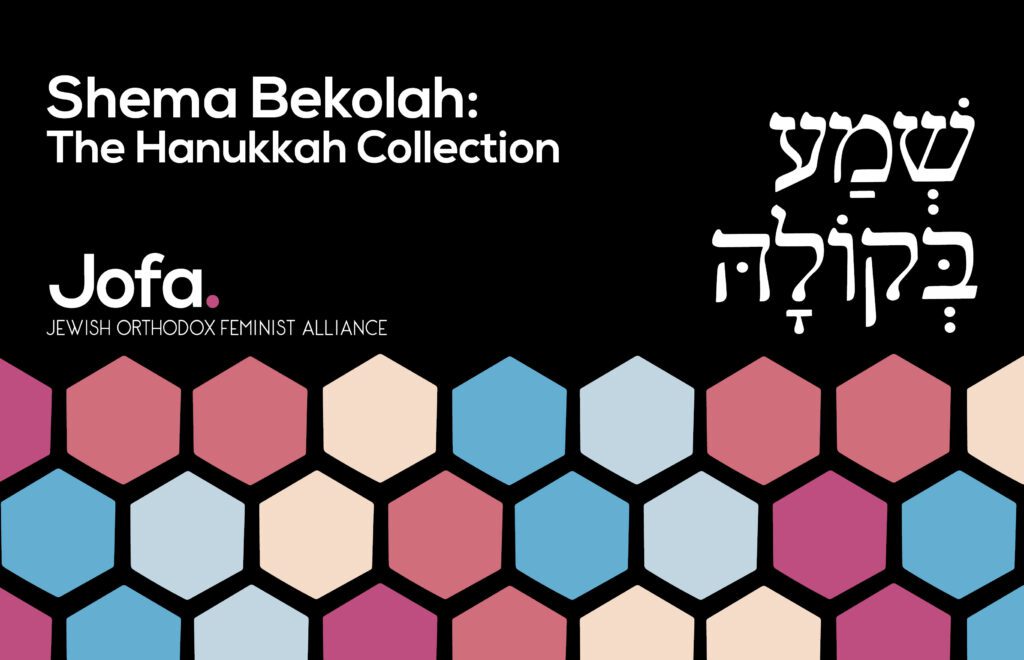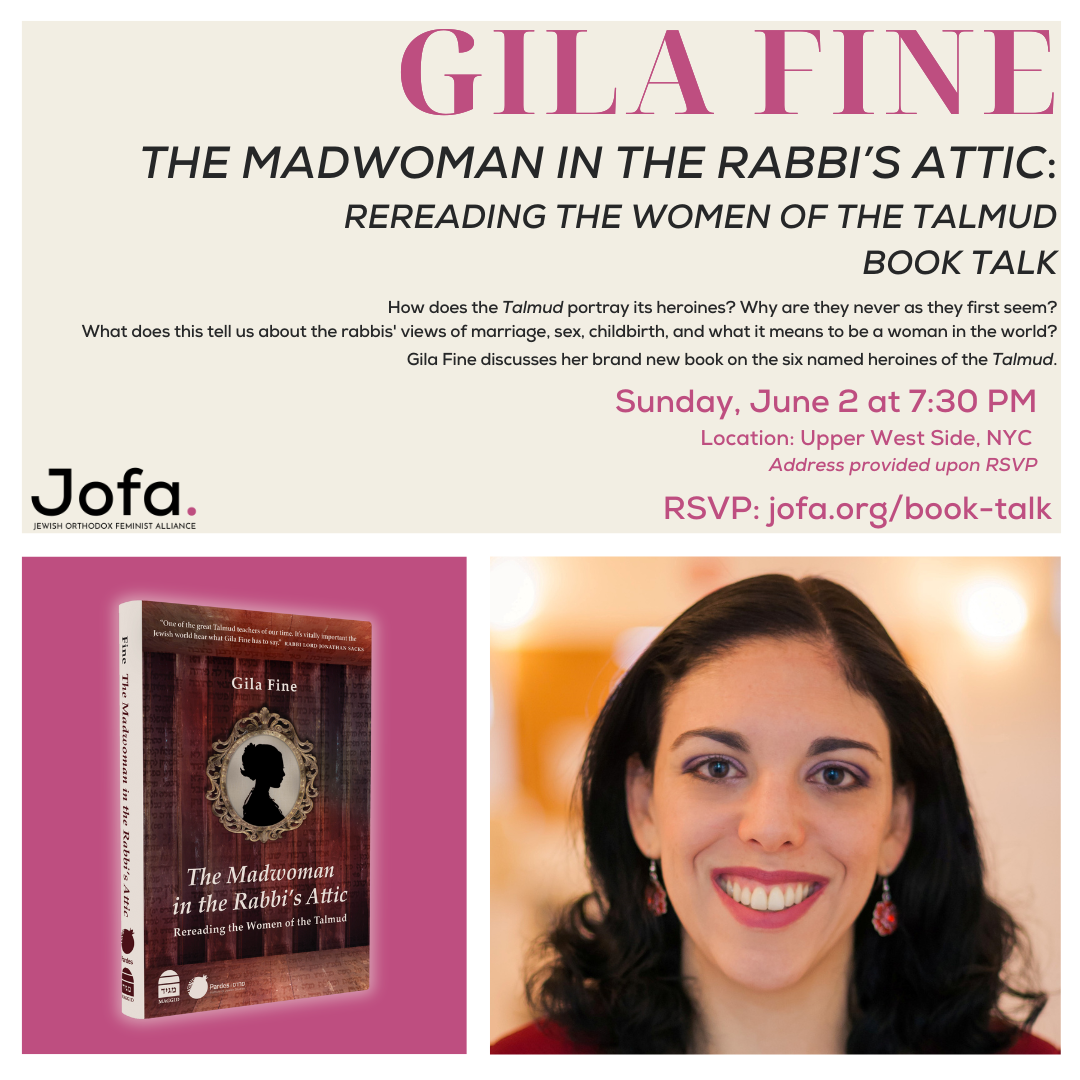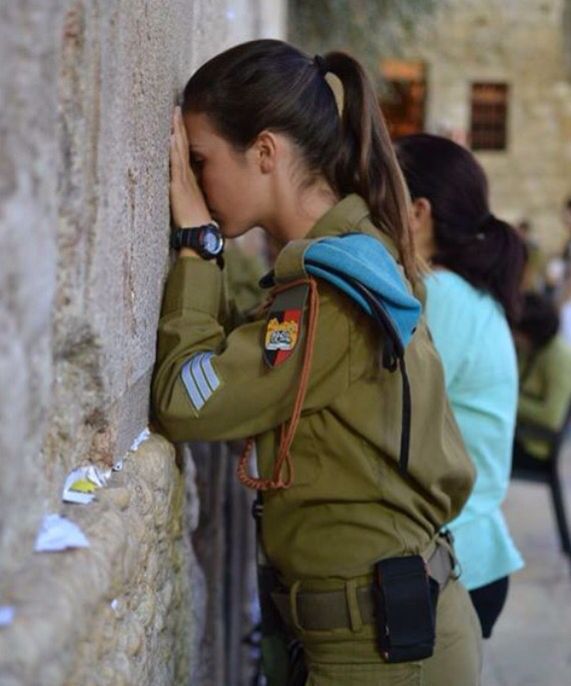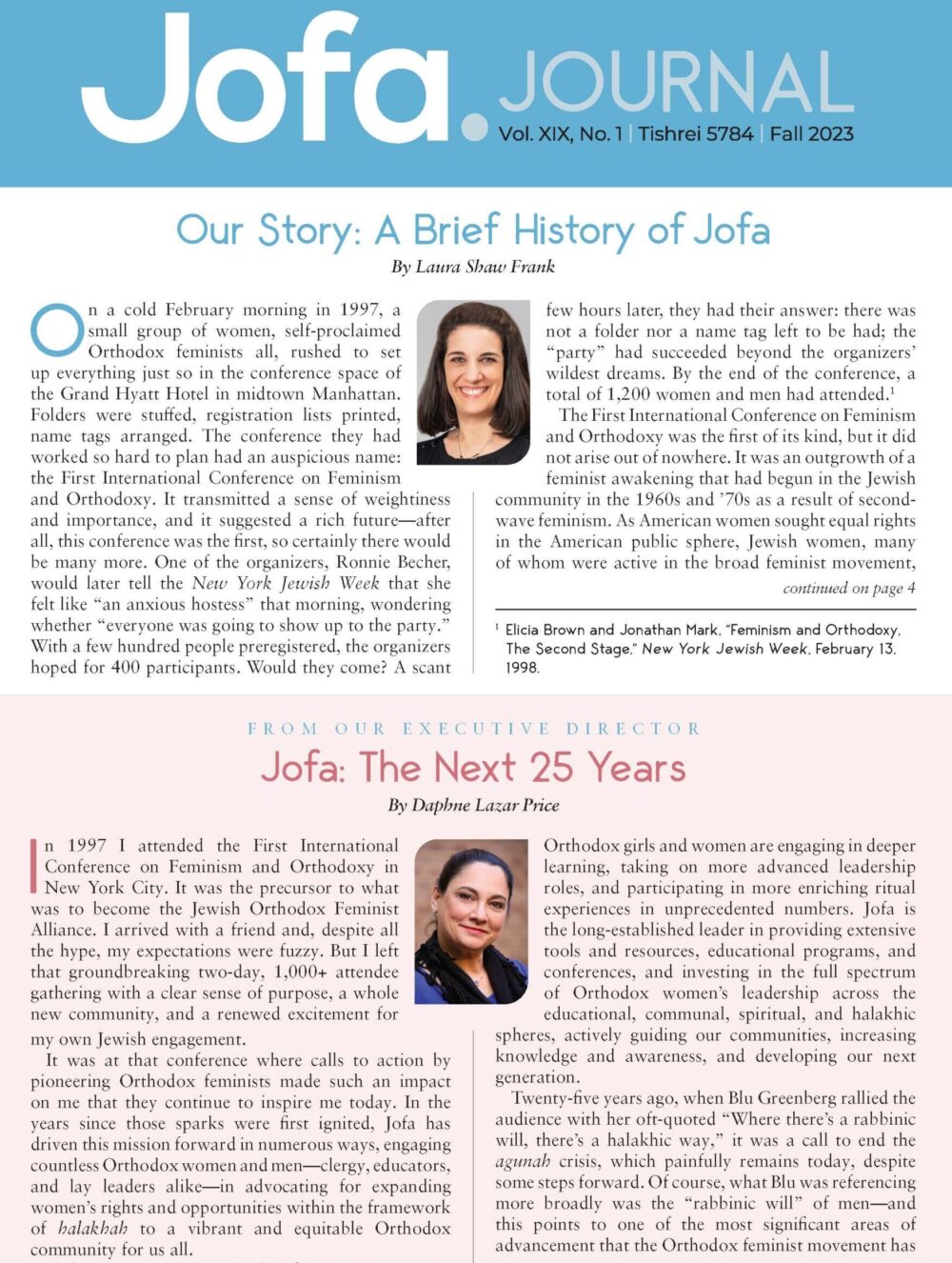By Channa Lockshin Bob[1]
Many cultures celebrate a midwinter holiday. In fact, many of these holidays are celebrated through candles and food. While Hanukah was only celebrated from post-Biblical times onward, the Gemara attributes the first celebration of a midwinter holiday to the first human being, Adam. A close analysis of the similarities and differences between Adam’s holiday and the holiday of Hanukah teaches us an important point about the essence and uniqueness of Hanukah.
Even in the time of the Gemara there were non-Jewish winter holidays that seemed very similar to Hanukah. The following gemara, from the beginning of Tractate Avodah Zarah, a section dealing with idolatry in all its forms, describes the origin of the pagan holidays Kalenda (Kalends, the Roman New Year) and Saturnina (Saturnalia, another Roman winter holiday). However, were it not for the context of the description, we may have thought that this passage was actually discussing Hanukah.
ת”ר לפי שראה אדם הראשון יום שמתמעט והולך אמר אוי לי שמא בשביל שסרחתי עולם חשוך בעדי וחוזר לתוהו ובוהו וזו היא מיתה שנקנסה עלי מן השמים עמד וישב ח’ ימים בתענית [ובתפלה] כיון שראה תקופת טבת וראה יום שמאריך והולך אמר מנהגו של עולם הוא הלך ועשה שמונה ימים טובים לשנה האחרת עשאן לאלו ולאלו ימים טובים הוא קבעם לשם שמים והם קבעום לשם עבודת כוכבים
Our rabbis taught: when the first man (Adam) saw that daylight hours were becoming shorter and shorter, he said, “Woe is me! Because I have sinned, the world is darkening around me and returning to chaos. This is the death penalty declared upon me from heaven!” He sat for eight days in fasting and prayer. After the winter equinox when he saw that the days were becoming longer, he said, “This is just the way of the world!” He made an eight-day festival. The next year he made both into feasts. He established them for the sake of heaven, but they established them for idolatry. (Avodah Zarah 8a)
Every fall, the shortening of the daylight hours may be distressing to many. Adam, however, experiencing the first fall in the world, is alarmed since he does not know what to expect and believes the world is coming to an end. After he fasts and prays he notices the days beginning to get longer. He then realizes his error and turns his fast into a feast. According to this story, the feast that originates with Adam, who dedicated it to God, became corrupted and turned into a pagan festival. Adam’s second holiday, his annual thanksgiving to God, in reminiscence of his own misunderstanding of the meaning of winter, evolves into a major idolatrous holiday as well. The message of this Midrash seems to be that one should not go around inventing holidays – you never know how they will turn out.
It is hard to miss the similarity between this eight-day holiday in the middle of the winter and our own man-made eight-day winter holiday, Hanukah. Aside from the obvious parallels, even the words used to describe their founding are similar. In the above gemara it says, “The next year he made both into feasts.” In the story of Hanukah in the Gemara, it says לשנה אהרת קבעום ועשאום ימים טובים בהלל והודאה– the next year they established them [the eight days of Hanukah] as feasts with praise and thanks to God (Shabbat 21b). If Adam’s holiday started off much like Hanukah and then became a pagan holiday, that does not bode well for the future of Hanukah.
Could this gemara be expressing criticism towards Hanukah? Perhaps. Jewish sources are ambivalent on the subject of human-made holidays. In the Second Temple period, Jews composed Megillat Taanit, a document listing a number of dates, including Hanukah, on which it was illegal to fast or mourn due to the happy events that had happened on those days. The Talmud is critical of Megillat Taanit, and records a dispute over whether it is to be followed at all anymore or not. According to one opinion, Megillat Taanit is not to be observed anymore at all, since after the destruction of the Temple these holidays are no longer relevant. Even the other opinion does not directly defend Megillat Taanit. It only argues for it not to be invalidated, rather than arguing for it to have special status.
In the Gemara’s discussion of Megillat Taanit, however, Hanukah is different from the other holidays listed.
מתיב רב כהנא: מעשה וגזו תענית בחנוכה בלוד, וירד רבי אליעזר ורחץ, ורבי יהושע וסיפר. ואמרו להם: צאו והתענו על מה שהתעניתם! אמר רב יוסף: שאני חנוכה דאיכא מצוה. אמר ליה אביי: ותיבטיל איהי, ותיבטל מצותה! אלא אמר רב יוסף: שאני חנוכה דמיפרסם ניסא…
והלכתא: בטלו, והלכתא – לא בטלו. קשיא הלכתא אהלכתא! – לא קשיא, כאן – בחנוכה ופורים, כאן – כשאר יומי
Rav Kahana challenged: Once they declared a public fast on Hanukah in Lod, and Rabbi Eliezer went and bathed, and Rabbi Joshua got a haircut. They (Rabbi Eliezer and Rabbi Joshua) said, “Go and repent for having fasted!” Rav Yosef said: Hanukah is different because there is a mitzvah. Abaye responded: So let Hanukah and its mitzvah be annulled! Rav Yosef said: Hanukah is different because the miracle is widely known…
The law is that Megillat Taanit is invalid and that it is not invalid. But this is a contradiction! No, this is not a contradiction – “it is not invalid” with regard to Hanukah and Purim, and “it is invalid” with regard to all other days. (Rosh Hashana 18b-19b)
Rav Kahana’s story, which is cited to challenge the invalidation of Megillat Taanit, shows that Hanukah was not always considered a valid holiday by everyone. Some Jews even declared a public fast day that coincided with Hanukah! However, we can also see from this gemara that neglecting to take Hanukah seriously was attacked by some prominent rabbis. The Gemara has some difficulty, however, in articulating what makes Hanukah different from the other man-made holidays. Rav Yosef suggests that Hanukah has a different status from the other holidays listed in Megillat Taanit because there is also a mitzvah, a positive commandment, associated with Hanukah (candle light- ing). This argument is not accepted since the mitzvah could also be rendered invalid if the holiday no longer exists, just as a number of other mitzvot are not observed after the destruction of the Temple. Rav Yosef’s second suggestion, that Hanukah is different because the miracle was widely known, is accepted. The final legal ruling is that the holidays listed in Megillat Taanit are all invalid except for Hanukah and Purim.
Rav Yosef’s second distinction may also provide some insight into understanding the difference between the holiday of Hanukah and Adam’s holiday in Tractate Avodah Zarah. Although the two holidays are similar in many ways, Adam’s holiday was a completely private holiday based on a personal event, but Hanukah was a national holiday based on a public miracle. A private holiday can be reinterpreted to mean anything. However, a holiday whose miracle is widely known is safe from corruption.
Rashi, a medieval French commentator on the Talmud, further elaborates on the difference between Hanukah and other man-made holidays. In his commentary on this Talmudic discussion, he inter- prets the words “Hanukah is different because the miracle is widely known” to mean:
כבר הוא גלוי לכל ישראל על ידי שנהגו בו המצות, והחזיקו בו כשל תורה – ולא נכון לבטלו.
It is already known to all of Israel through their custom of performing the commandments, and they have held on to it as if it is from the Torah, so it is not appropriate to cancel it.
According to this interpretation, Hanukah is a national holiday not because of the public nature of the miracle itself, but because of the actions of the Jewish people. It was due to the Jewish people, who took it upon themselves to perform the mitzvot, and to treat it with the seriousness of a bibli- cal commandment, that gave the holiday the power to continue to exist for generations. Hanukah, according to Rashi, is an example of the Jewish people’s ability to create holy times. Although there was a miracle from Heaven, the holiday became established only because of the Jewish people’s reaction to the miracle. Their performance of mitzvot related to Hanukah made the holiday into something that lasts forever.
Rabbi Yehuda Leib Alter of Ger, the Nineteenth Century Hasidic Master and author of the Torah commentary Sfat Emet, also describes the importance of Hanukah in terms of the Jewish people’s decision to make it into a holiday and their continued observance of it. The Sfat Emet contrasts Hanukah and Purim (holidays not mentioned in the chumash) with the three festivals — Pesach, Shavuot and Sukkot — that are commanded in the Torah. The three festivals mentioned in the Torah are testimony that God chose the Jews, but Hanukah and Purim, holidays instituted and perpetuat- ed by the Jewish people, are testimony that the Jews chose God. The Sfat Emet says that this quali- ty makes Hanukah and Purim into holidays that every single Jew can connect to. Even Jews who are not able to perform all the mitzvot and relate to the holidays given by God are able to feel connected to the holiday of Hanukah. Since it was instituted by the will of the entire Jewish people, it is a holiday which every Jew can connect with.
Hanukah is a holiday instituted by a community in response to a miracle, and perpetuated because of that community’s acceptance of and reverence for the holiday. This gives it a tremendous power beyond that of holidays instituted by individuals or small groups of people. However, there may be another reason that Hanukah became an accepted holiday while other days did not. In addition to widespread communal acceptance, Hanukah’s origins are more rooted in Biblical tradition than the other holidays that Second Temple Jews invented. Instead of comparing Hanukah to the non-Jewish eight day long winter holidays, one could compare Hanukah to another Jewish, Temple-centered, eight day long holiday – Sukkot.
The name “Hanukah” means dedication; on Hanukah we are celebrating the rededication of the Temple after it had been defiled. The first dedication of the Temple took place in the book of II Kings, when Solomon dedicated the first Temple on Sukkot. The authors of Second Maccabees [2] say clearly that Hanukah was modeled on the holiday of Sukkot, almost as a substitute for Sukkot: “They celebrated it [Hanukah] for eight days with rejoicing, in the manner of the festival of booths, remem- bering how not long before, during the festival of booths, they had been wandering in the mountains and caves like wild animals.” (Second Maccabees 10:6) One possible reason for Hanukah’s survival over the years could be its connection in form and in content to the holiday of Sukkot.
Rabbi Eliyahu Kitov, author of Sefer HaToda’ah (the Book of Our Heritage), takes this point further and teaches that the three festivals given by God in the Torah – Pesach, Shavuot, and Sukkot, each have a holiday instituted by the Jewish people that reflects its essence. The essence of Sukkot, the eight days of celebrating the Temple dedication, is reflected by Hanukah. Shavuot, the holiday commemorating the giving of the Torah at Mt. Sinai, is reflected by Purim, which, according to the Midrash, was when the Jews accepted the Torah out of their own free will. And finally, the holiday that we will create when we are ultimately redeemed will be a reflection of Pesach, the holiday of redemption.[3]
Kitov quotes a midrash that in the days of redemption, all holidays will be annulled except for Purim and Hanukah. Just as the holiday of the ultimate redemption will supercede the holiday celebrating the Exodus from Egypt, so too Purim and Hanukah will supercede the holidays that they reflect. Ironically, the only eternal holidays are the ones created by mortals. The holidays that God creates can be reversed by God, but nothing can reverse the holidays created and embraced by the entire Jewish people.
We learn in Mishle: נר ה’ נשמת אדם – the candle of God is the human soul. Hanukah is at once a hol- iday from God, a day in which we celebrate divine intervention into human lives and the restoration of God’s temple, and at the same time it is an extremely human holiday, a day in which we celebrate because our ancestors clung to this day and, by loving and revering it, made it holy. The candles that we light are both candles of God, representing the miraculous light in the Temple that sparked the holiday, and candles of the human soul, representing the Jewish people’s love for Hanukah that made the holiday immortal.
[1] Channa Lockshin Bob teaches Talmud and Halakha at Maayanot Yeshiva High School for Girls. She has also taught at Drisha, where she recieved her Scholars Circle certificate, and at Maayan Torah Studies Initiative for Women in Boston. She has an MA in Religion from Columbia University, where she has done work towards a PhD in Talmud.
[2] A book from the Second Temple Period, included in the Apocrypha, describing a version of the history of the Maccabean revolt.
[3] Eliyahu Kitov, Sefer HaToda’ah, pp. 188-89.












